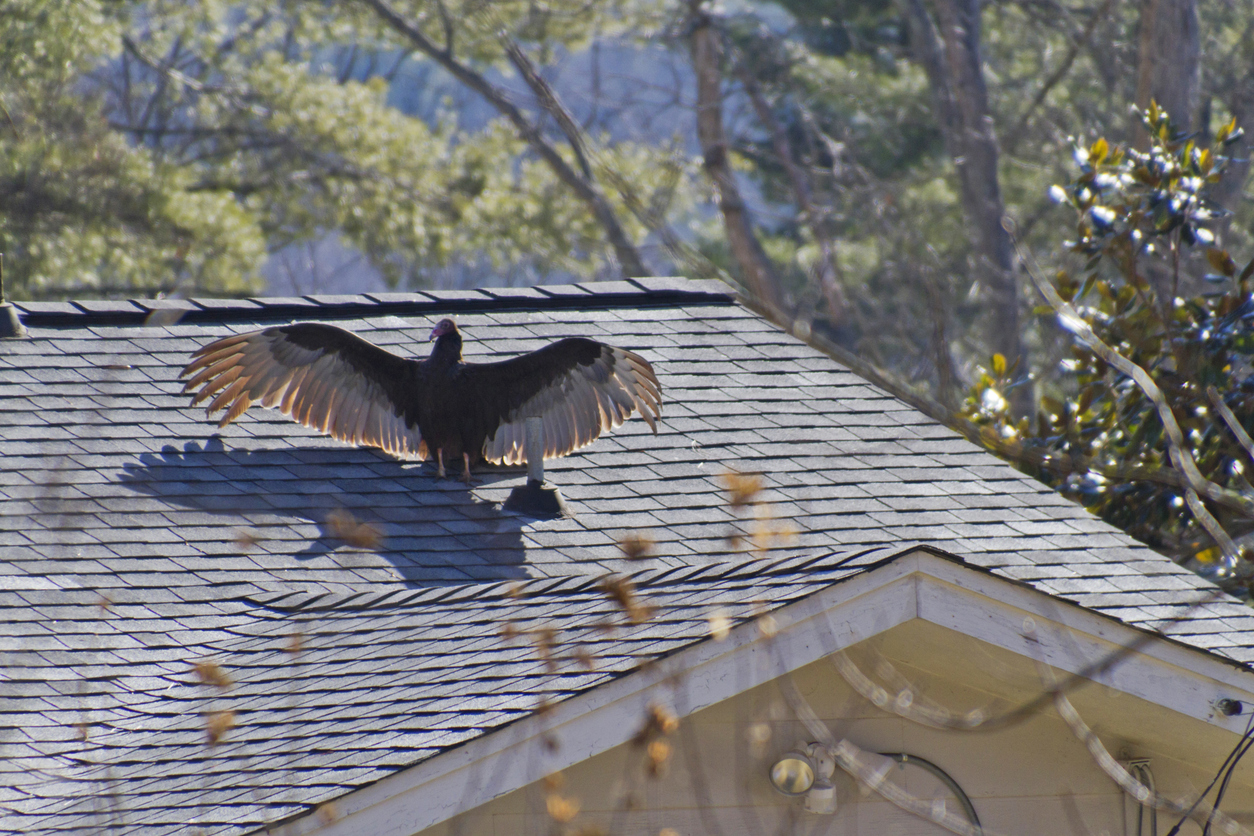Hurricane Jeanne hit South Florida on September 25 and 26, 2004. A recent Florida case before the Fourth District Court of Appeal involved two insureds who suffered damages to their condominiums during Hurricane Jeanne.1 The insureds held condominium policies with State Farm that contained a Hurricane Coverage Endorsement limiting coverage for damage to the dwelling caused by a hurricane:
There is no coverage for loss caused by a hurricane under Section I of the policy to which this endorsement is attached. No coverage is provided for accidental direct physical loss to the property described in the policy caused by a hurricane other than that which is provided in this endorsement. The provisions of this endorsement apply only in respect to loss caused by hurricane.
The Hurricane Coverage Endorsement also provided a definition of “hurricane”:
“hurricane” means a storm system that has been declared to be a hurricane by the National Hurricane Center of the National Weather Service. The duration of the hurricane includes the time period, in Florida:
a. beginning at the time a hurricane watch or hurricane warning is issued for any part of Florida by the National Hurricane Center of the National Weather Service;
b. continuing for the time period during which the hurricane conditions exist anywhere in Florida; and
c. ending 72 hours following the termination of the last hurricane watch or hurricane warning for any part of Florida by the National Hurricane Center of the National Weather Service.
However, the policies provided coverage if a hurricane caused the dwelling to become uninhabitable and would cover any increased housing costs needed until the insured could repair the condominium or relocate for up to 12 months.
The insureds argued that the loss of use was caused by tornadoes, not a hurricane and that State Farm breached its coverage endorsement by providing additional living expenses under the Hurricane Coverage Endorsement and not the general policy provisions because the loss of use was caused by tornadoes, not a hurricane.
The trial court ruled that the policy language was ambiguous. However, the appeals court disagreed and ruled that the definition of hurricane damage included tornadoes spawned during a named storm:
The Hurricane Coverage Endorsement defines hurricane as, “a storm system that has been declared to be a hurricane by the National Hurricane Center of the National Weather Service.” (Emphasis added). There is only one reasonable interpretation of this definition. If the National Hurricane Center names a storm system a hurricane, the entire named storm system, including the elements of the storm, constitutes the hurricane.
Under the loss of use provision in the Hurricane Coverage Endorsement, “[w]hen a hurricane causes the covered dwelling to become uninhabitable, [the insurer] will cover the necessary increase in cost [the insureds] incur to maintain [their] standard of living for up to 12 months,” subject to the ten percent limitation. Here, the National Hurricane Center named the storm system “Hurricane Jeanne” and issued the policy-required hurricane warnings and watches. On September 26, Hurricane Jeanne passed over the insureds’ condominiums and the storm system caused their condominiums to become uninhabitable. Therefore, the Hurricane Coverage Endorsement unambiguously applied.
Emphasis Added.
On a closing note, I leave you with this quote that was the first sentence of the court’s opinion:
1 State Farm Florida Ins. Co. v. Moody, Nos. 4D13–3377, 4D14–273, 4D14–274 (Fla. 4th DCA Dec. 9, 2015).




